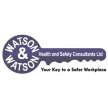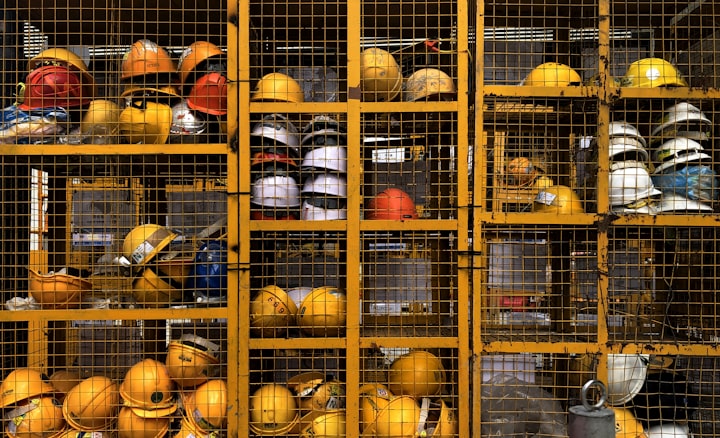How the domino effect can impact your businesses health & safety if not treated properly
The term “the domino effect” is often associated with Cold-War-era politics, but actually has its roots in health-and-safety.

The term “the domino effect” is often associated with Cold War-era politics, but actually has its roots in health and safety. In fact, it was coined in 1931 by Herbert W. Heinrich who was studying the cause of workplace accidents. The original model is totally outdated but the general principle is still broadly valid.
Here to explain further, Peter Watson, Director of Watson and Watson Health and Safety Consultants, shares his expertise in what you need to know about the impacts of “the domino effect”.
What is the current climate of workplace accidents?
Workplace accidents unfortunately happen more times than many would like to admit. Although over time workplace accidents have decreased due to stricter health and safety measures, there are always some hazards that slip through the net.
HSE reported in the year 2020/21, there were a reported 51,211 injuries to employees reported under RIDDOR and 142 workers killed at work.
Many of these will have been pure mistakes but sadly mistakes still happen, which is why it is essential that people are made fully aware of potential hazards and have the appropriate training to ensure teams can work and communicate effectively.
From scapegoats to horseshoes
When bad things happen, many people will have one or both of two gut reactions. The first is to distance themselves from the problem, literally or figuratively. The second is to find someone or something to blame. These are both understandable reactions. They are not, however, very helpful. This is why a proper investigation is often best done by third parties.
It is now generally accepted that, in the real world, workplace accidents are more like the story of the loss of the horseshoe nail which eventually led to the loss of the war. Even this is not always the best analogy since it suggests a linear chain of causality. In reality, the situation can be more like a spider’s web. Actions in one place trigger unexpected reactions in another.
The complexity of many businesses, even small ones, can make it extremely challenging to manage this. Fortunately, it is possible, especially with the help of computer software. This can be used to chart process flows so they can be analysed. The key point is that these flows have to reflect what people are actually doing. This may not be what managers think they are doing.
Human error and computer error
Processes can work flawlessly in theory. If, however, they need to be implemented by humans, then they can be derailed by human error. Similarly, if they are fully automated, then they can be derailed by computer error (which ultimately leads back to human error). This is why there is a strong modern preference for using automated systems with human oversight.
This can work superbly well. It does, however, require both the humans and the computers to be in full working order. Both of these issues fall within an employer’s area of responsibility. Humans should be encouraged to recognize and report when they are not at their best, for example, if they are ill, injured, tired or just having a bad day.
In the real world, humans are only going to do this if they feel that they are going to be treated fairly. It’s therefore in the employer’s best interest to be as supportive as possible. Even if the issue is the employee’s fault (e.g., a hangover), it’s better for them to call in sick than to compromise safety. Excessive absences can still be managed appropriately.
Equipment needs to be maintained. In the case of software (and firmware) that generally means ensuring updates are applied promptly. This generally has significant implications for security.
The importance of training
It’s impossible to overstate the importance of making sure that employees have sufficient, appropriate training to be able to perform their jobs safely. It is also impossible to overstate the importance of making sure that this training is regularly refreshed. This can literally make the difference between a safe workplace environment and an unsafe one.
About the Creator
Peter Watson
Peter Watson, Director at Watson & Watson Health and Safety Consultants. Watson & Watson are experienced health and safety consultants, providing health, safety and risk management solutions throughout the UK.






Comments
There are no comments for this story
Be the first to respond and start the conversation.